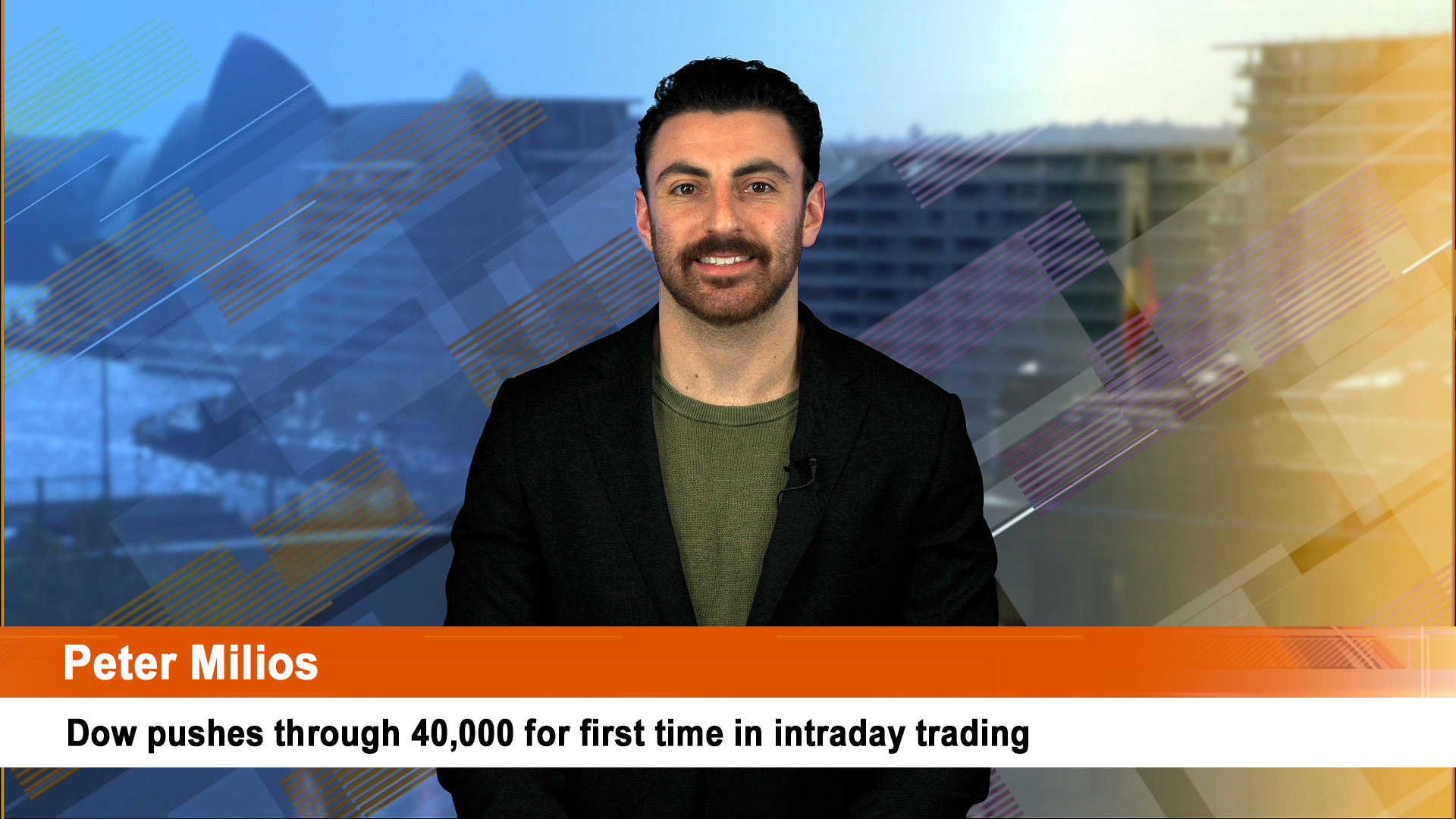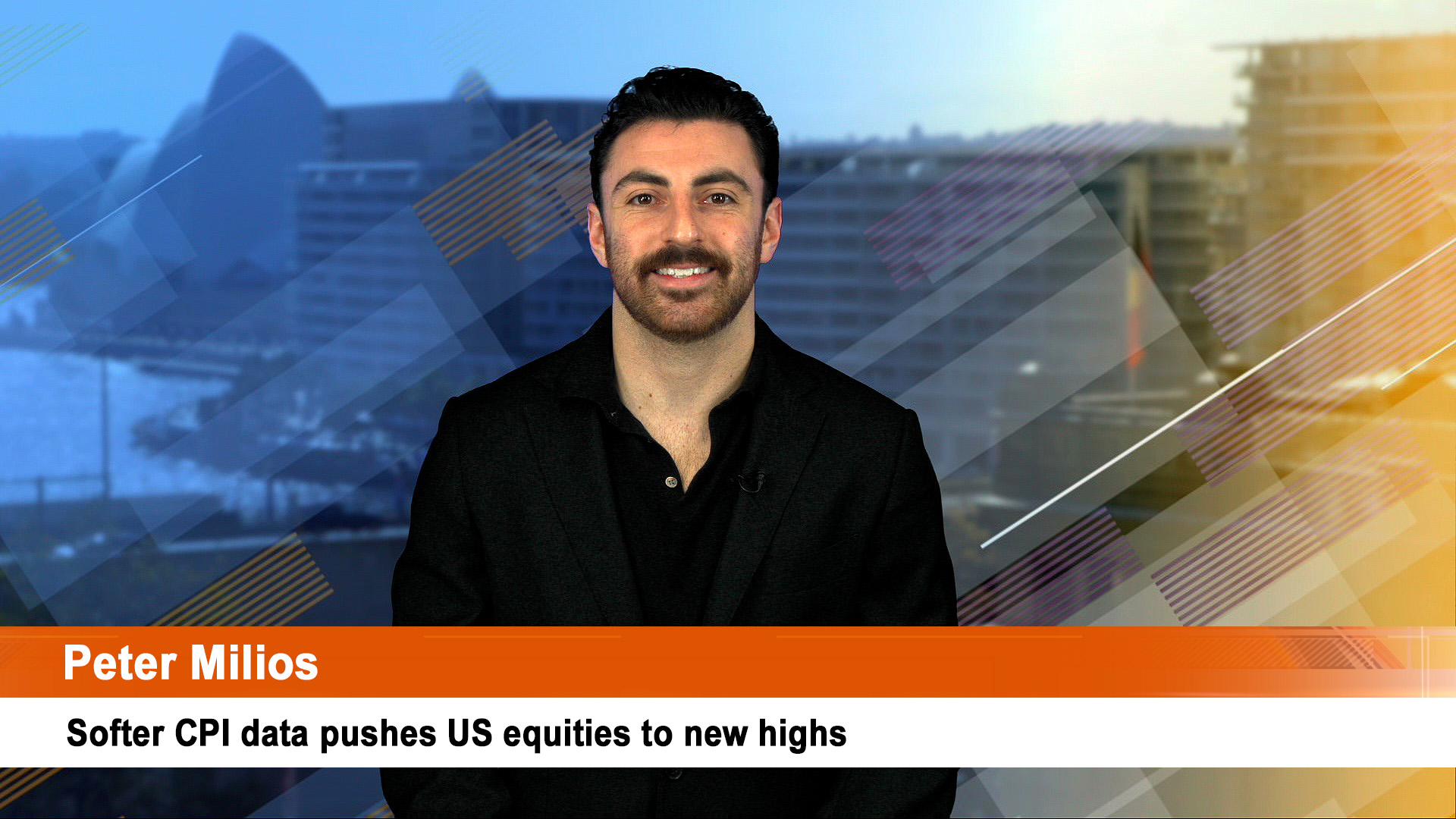It was as though the weekend never happened as markets continued their Friday slide with another slump Monday.
Markets in Asia sold off (minus a holidaying Australia who will return this morning with a 181-point slide of its own for the ASX 200), followed by markets in Europe who were all playing catch up to Friday’s sharp falls on Wall Street in the wake of the shock 8.6% annual rise in US consumer inflation in May.
The S&P 500 fell 3.88% to 3,749.63, its lowest level since March last year and taking its losses from its January record to more than 21%.
That close saw the benchmark closed in bear market territory (down more than 20% from its high) after trading there briefly on an intraday basis about three weeks ago.
The Dow dropped 876.05 points, or 2.79%, to settle at 30,516.74, (it was down more than 900 points in the final minutes of the session) about 17% off its record high. The Nasdaq tumbled 4.68% to close at 10,809.23, bringing its losses for this sell-off to more than 33%.
Major averages hit their lows of the session in the final half hour after the Wall Street Journal suggested the Fed would consider raising rates by 0.75% on Wednesday, more than the half-point increase currently expected.
That’s consider not implement a larger than 0.50% increase in the federal funds rate, but that distinction was lost on gun shy investors.
The Aussie dollar slipped under 70 US cents to trade around 69.27 close to 7am in Sydney in another development on a day characterised by fear, confusion and more confusion which wasn’t helped by the implosion in the cryptocurrencies where one business, Celsius Networks halted investor withdrawals, which is tantamount to collapse.
Bond yields rose and fell as short term 2-year bond yields briefly rose above the 10-year yield in early trading in the US for the first time since April, signalling a belief that a recession is on the way.
The ‘inversion’ eased as the 10-year bond yield rose past 3.371% in late trading, a sign that investors are very wary and not looking for safety. That’s a rise of 21 points in a single day!
The 3.371% rate is now at levels not seen since 2011 while the 2-year yield was around 3.3709% and also at multi-year highs.
Oil prices edged up, with US crude – one of the sources of the inflation burst – settling around $US121 a barrel. Gold plunged with the Comex settlement price down nearly $US46 to $US1,829 an ounce.
Stocks sold off, pushing the S&P 500 to a fresh 2022 low and back into bear market territory, as recession fears grew ahead of this week’s Federal Reserve meeting.
The Dow Jones Industrial Average dropped 720 points, or about 2.3%, the S&P 500 fell 3.1% and the Nasdaq Composite tumbled 3.8%.
The moves came as investors over analysed Friday’s inflation rate of 8.6% and reckon there is now a strong chance the Fed could go for a ‘triple play’ telescoping three 0.25% rises into one of a crushing 0.75%.
Richard Kelly, TD Securities head of global strategy, told CNBC on Monday that both the bond and stock markets were now signalling that a recession is coming, most probably in the fourth quarter of 2022 and first quarter of 2023.













